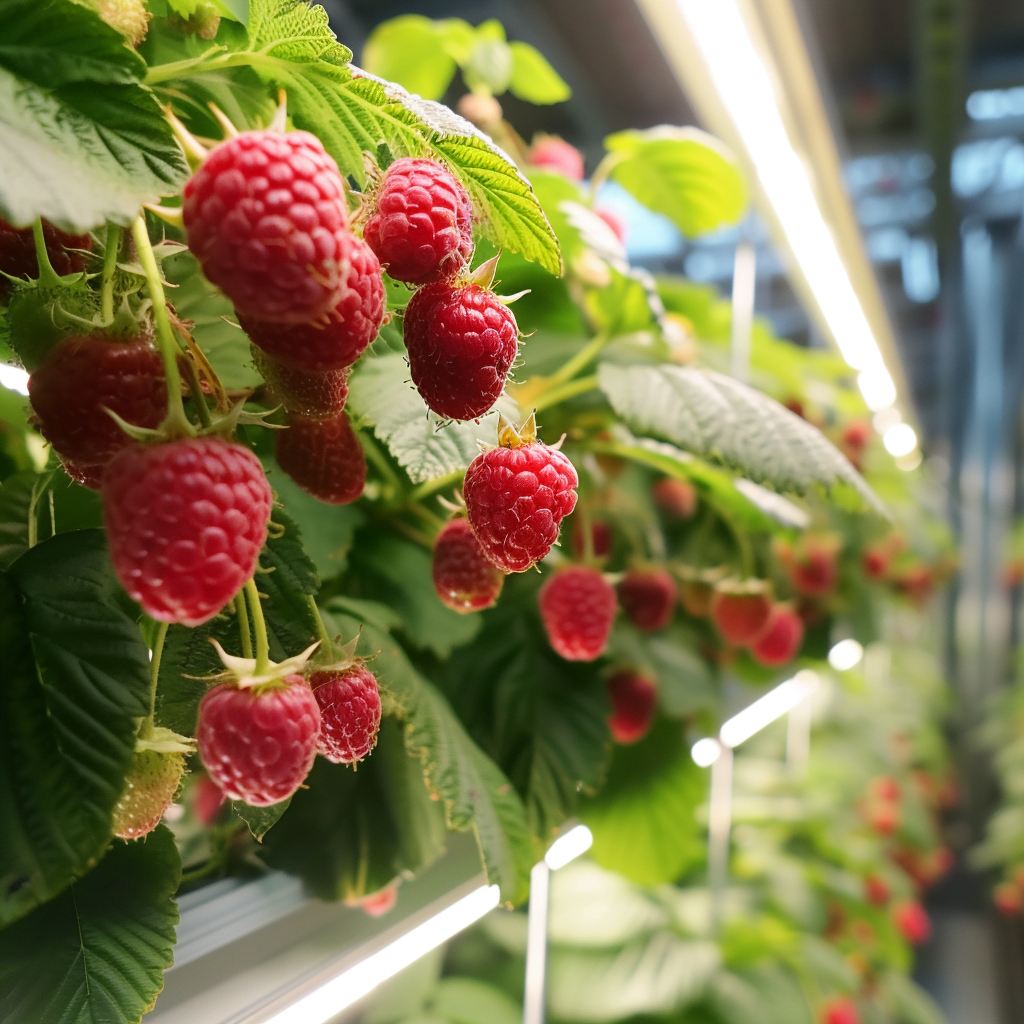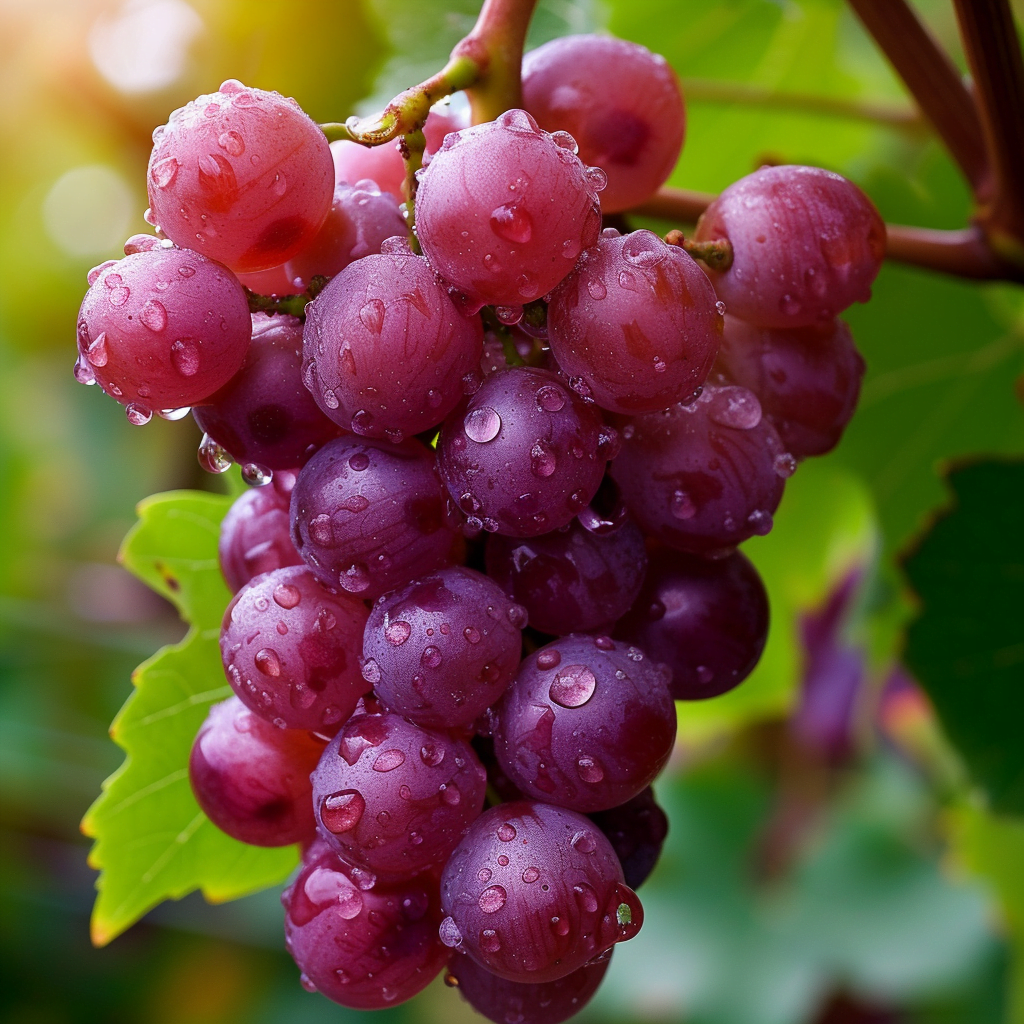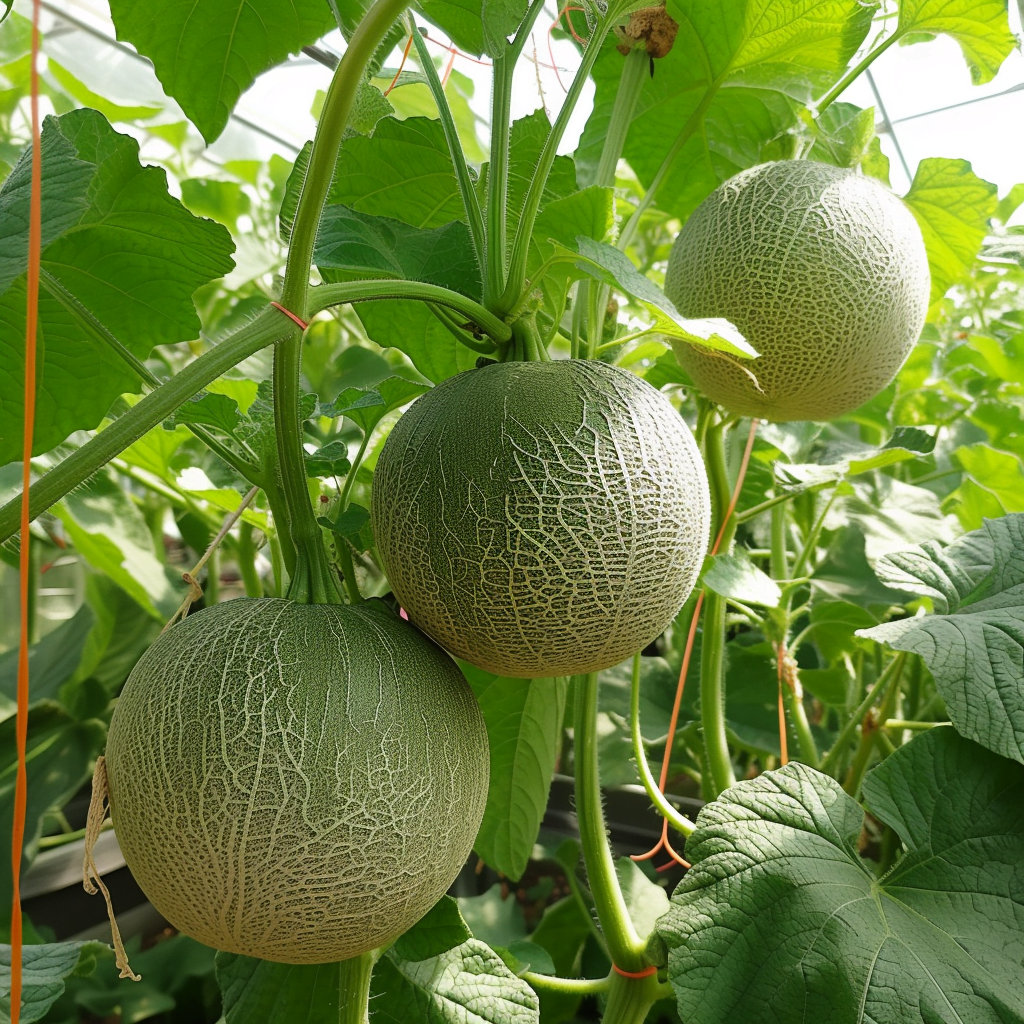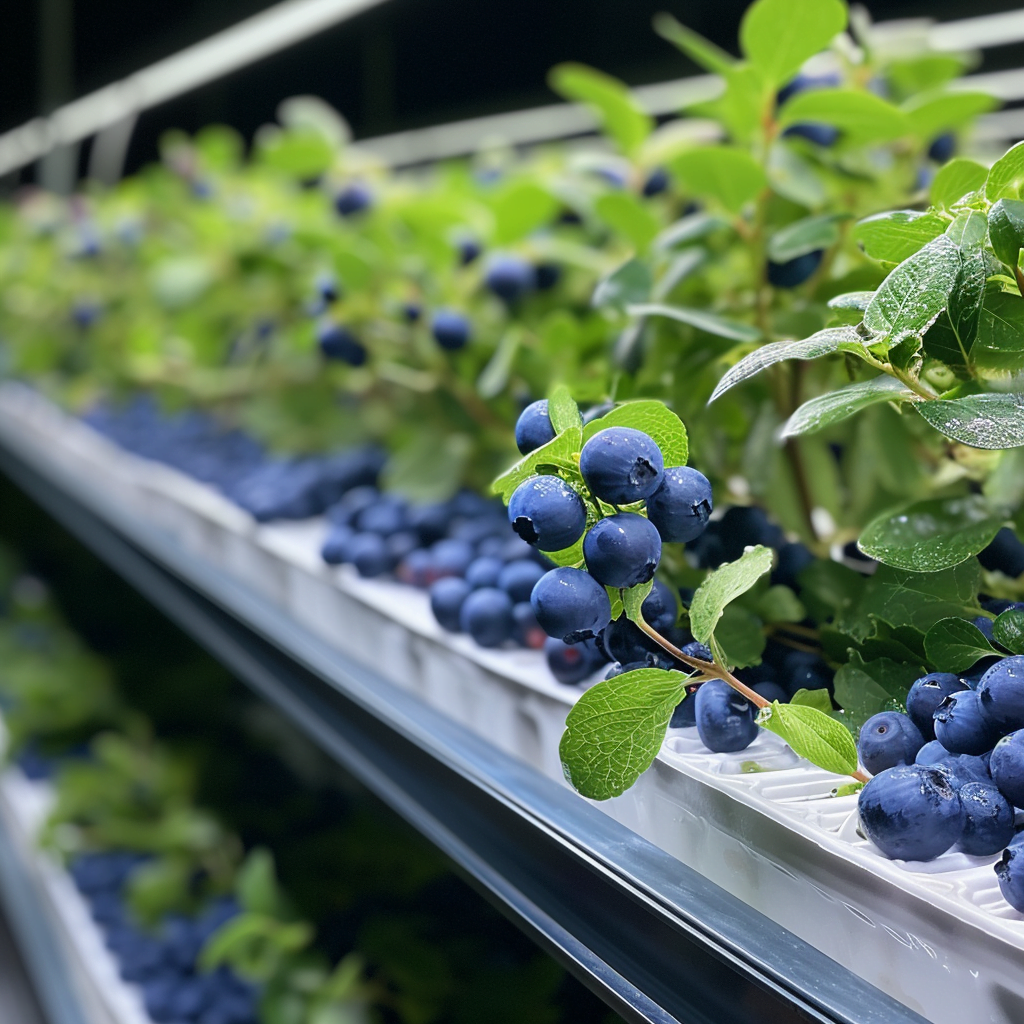Hydroponic gardening has become an increasingly popular way to grow produce, herbs, and berries without soil. But you might be wondering Can I Grow Raspberries Hydroponically? Well Yes, One of the best candidates for hydroponics is raspberries. With the right setup and care, you can grow big, juicy raspberries indoors or outdoors year-round with hydroponics.
What are the Benefits of Growing Raspberries Hydroponically?
- Higher yields: Hydroponic raspberry plants typically produce significantly higher yields than soil grown plants. You can get up to 1-2 pounds per plant during peak harvests.
- Faster growth: Raspberries grown hydroponically will start fruiting earlier, often in the first year, compared to 2-3 years for soil-grown plants.
- Year-round harvests: By choosing day-neutral or primocane varieties, you can stagger plantings for non-stop raspberry harvests.
- Less pests and diseases: Growing in a controlled indoor or greenhouse environment reduces pest and disease problems significantly.
- Easier maintenance: No weeding, less pruning, and simpler care compared to growing raspberries in soil.
- More efficient use of space: Hydroponic systems allow you to grow a lot of plants in a small area since they grow vertically.
- Precise control over nutrients: You can tweak the hydroponic nutrient solutions to optimize plant growth and fruiting.
- Works anywhere: Hydroponic raspberries can be grown in garages, greenhouses, patios or even urban apartments.
- Higher profit potential: Out of season hydroponic raspberries can fetch higher prices at farmers markets or stores.
- Stress-free gardening: Automated hydroponic systems take care of delivering water and nutrients on schedule.
What You’ll Need to Grow Raspberries Hydroponically
Growing hydroponic raspberries requires some special equipment and supplies:
- Hydroponic system: Ebb and flow, NFT channels, and drip systems all work well for raspberries. Make sure the system provides adequate support for the canes. Ebb and flow systems offer the most flexibility in terms of reservoir size and flood times. NFT systems work great but require more precision in balancing flow rates and nutrients. Drip systems are easy to set up but can lead to uneven watering.
- Growing medium: Options like perlite, clay pebbles, and cocopeat provide anchorage for plants while still allowing the roots to access nutrients easily. Clay pebbles are reusable and durable but heavier to work with. Perlite is lightweight and cheap but doesn’t buffer pH. Cocopeat works well but breaks down over time.
- Nutrient solutions: Use specialized hydroponic formulas that contain essential macronutrients (N, P, K) and micronutrients raspberries need. Look for mixes specifically for berries, fruits or vegetative growth. Always check the N-P-K ratios.
- pH and EC meters: These allow you to monitor and maintain ideal pH and nutrient levels in your system. Aim for a pH of 5.5-6.5 and EC of 1.2-1.6 mS/cm. Calibrate meters often for accuracy. Consider getting an automatic pH controller.
- Water pump and tubing: Needed to move water or nutrient solution in certain systems like ebb and flow or drip setups. Size the pump to the reservoir and system volume. Use food-safe tubing to prevent chemical leaching.
- Grow lights: LED full spectrum grow lights provide supplemental lighting if growing raspberries indoors. Purple/blue light boosts vegetative growth while red encourages fruiting.
- Trellis: A sturdy trellis will support the canes as they grow taller and bear fruit. Use rot-resistant wood and galvanized wire/cable. Install posts at least 6 ft apart.
- Timers: Use timers or controllers to automate system functions like lighting, flooding, misting etc. Takes the guesswork out of schedules.
- Air pump and stones: Adding oxygen to the reservoir via air stones improves root health. The air pump runs 24/7.
- Pollination aids: Small battery powered electric toothbrushes or small fans can be used to pollinate flowers if needed.
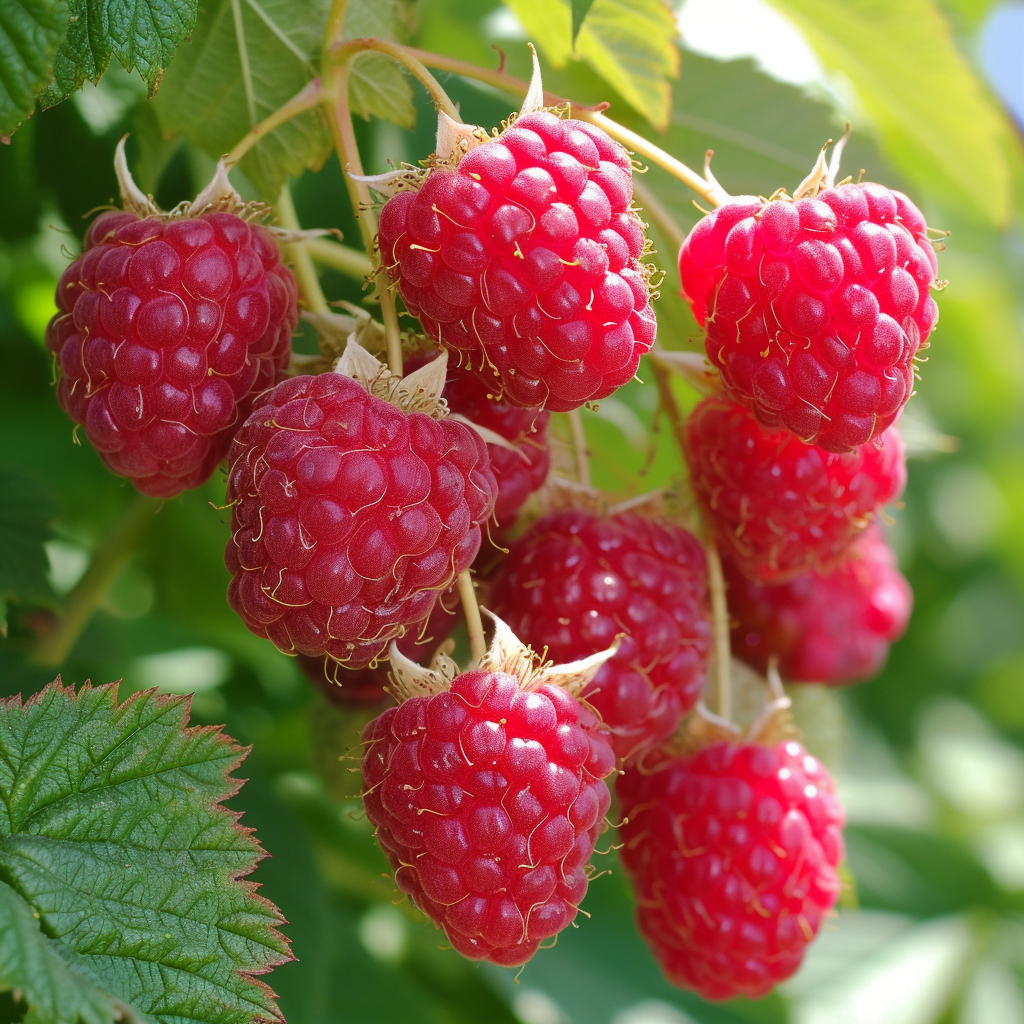
Choosing the Right Raspberry Variety for Hydroponics
While most raspberry varieties can grow hydroponically, some are better suited:
- Everest – Very high yields, large fruit size, sweet flavor. Great for hydro.
- Heritage – Extremely hardy and productive. Tolerates hot climates well.
- Caroline – Vigorous and easy to grow. Produces lots of tasty berries.
- Polka – Compact variety perfect for indoor systems. Consistently heavy yields.
- Joan J – Super hardy and high yielding. Great resilience to pests and diseases.
- Autumn Bliss – Robust canes and large fruit size. Excellent shelf life.
- Ruby Beauty – Tolerates both cold and warmer climates well. Consistently heavy yields.
Some other good varieties to try include Nova, Jaclyn, Polana, Kweli, and Nantahala. Avoid thorny varieties like wild black raspberries as they make maintenance challenging. Go with day-neutral or primocane types for year-round harvests.
Setting Up Your Hydroponic Raspberry System
The first step is constructing your hydroponic system as per the manufacturer’s instructions. Things to keep in mind:
- Space plants 12-16 inches apart in the system. Raspberries need adequate room to grow.
- Position the plants so the crowns are just above the nutrient solution level.
- Support the canes as they grow using frames or trellises about 6 ft tall. Use T-posts, cattle panels or similar sturdy supports.
- Mix your hydroponic nutrient solution. Maintain pH of 5.5-6.5 and EC of 1.2-1.6 mS/cm. Check levels frequently at first.
- Place your system near a water source and electrical outlet to make maintenance easier. Extension cords and hoses can work too.
- Maintain water temperature between 65°F to 75°F for best growth. Use aquarium heaters and chillers as needed.
- Make sure the reservoir is lightproof to prevent algae growth. Paint it or use a tarp.
- Run the system for 2-3 days before transplanting plants to check for leaks and flow issues.
Transplanting Raspberry Plants into the System
You can grow raspberries from cuttings or plant plugs. To transplant them:
- Gently loosen the roots if root bound, but don’t break the rootball. Tease apart tangled roots.
- Rinse the plants to wash off any clinging soil. Be gentle during this process.
- Immerse the roots in the nutrient solution immediately so they don’t dry out.
- Plant into the growing medium, taking care not to damage roots. Bury just to the crown.
- Support the canes as needed and water gently with nutrient solution. Don’t let them flop over.
- Allow 14-21 days for plants to establish before turning on pumps or flooding system.
- Keep an eye on newly transplanted plants. Look for signs of stress like wilting.
- Transplant in the morning or evening to minimize transplant shock.
Caring for Your Hydroponic Raspberry Plants
Consistent care will ensure your plants thrive and produce the best harvests:
- Check nutrient levels in the reservoir daily and top off with nutrient solution as needed. Mark solution levels.
- Completely change the nutrient solution every 2 weeks. Discard old solution, scrub reservoir.
- Test and adjust the pH to 5.5-6.5 and EC to 1.2-1.6 mS/cm weekly. Record readings.
- Prune canes as needed to remove dead wood and keep plants tidy. Make clean cuts.
- Pollinate the flowers using an electric toothbrush or fan to ensure good fruit set. Do this daily during flowering.
- Train canes along trellises and remove any young shoots that emerge from the crown.
- Check closely for signs of pests or diseases and treat organically if found. Catch problems early.
- Make sure adequate light is reaching all parts of the plant. Adjust as needed.
- Keep an eye on water temperature and oxygen levels. Change reservoir water seasonally.
- Talk and sing to your plants daily. It may seem silly but plants respond to this!
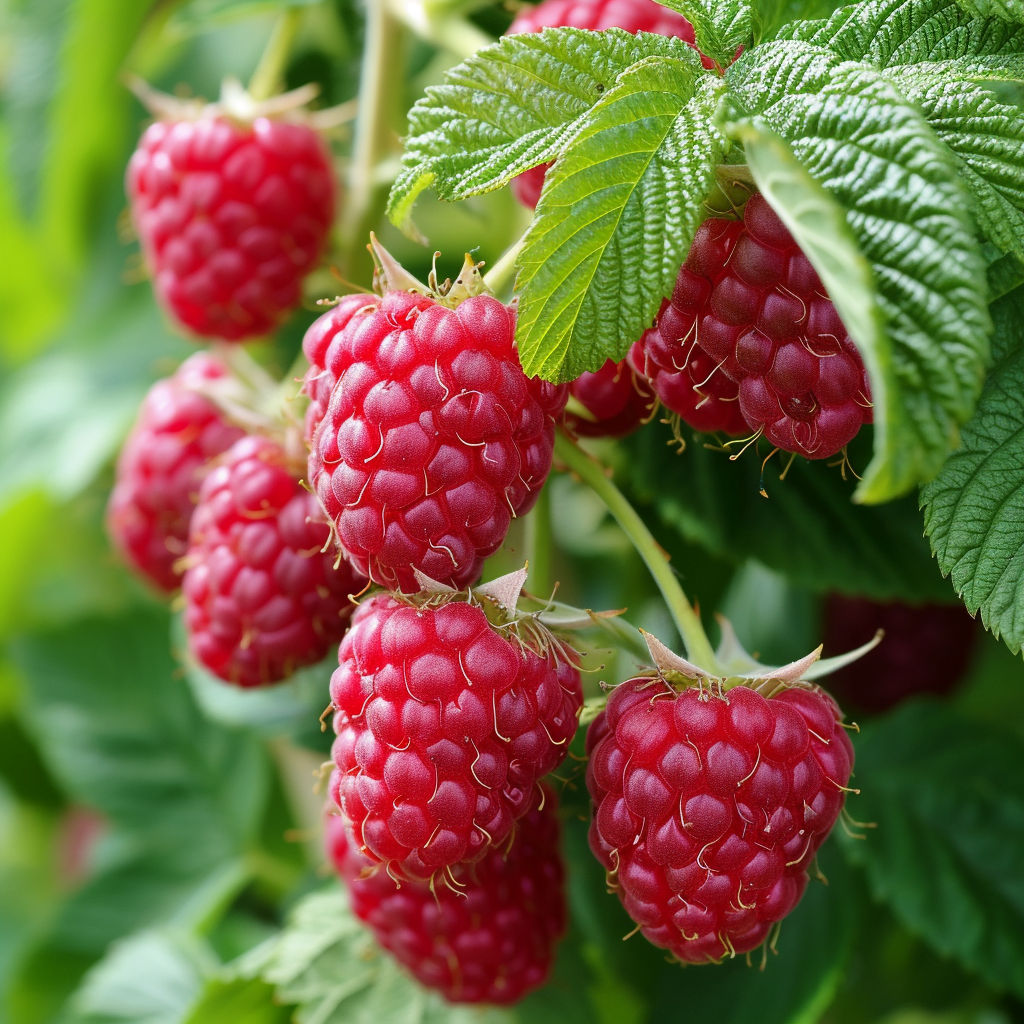
Maximizing Fruit Production
To get the highest yields from your hydroponic raspberries:
- Provide supplemental LED lighting for 16-18 hours per day. Light is crucial for good flowering and fruiting.
- Use blossom booster formulas and introduce bees during flowering for better pollination rates.
- Maintain temperatures between 65°F-75°F and humidity over 50%
- Stagger planting dates 3-4 weeks apart so plants reach peak production at different times for ongoing harvests.
- Gently shake and vibrate plants daily to promote better pollination during flowering season.
- Prune plants after each harvest to remove old canes and stimulate new growth.
- Use mycorrhizae additives in the nutrient solution to boost root health and fruit yields.
- Add calcium, boron, and magnesium supplements to reduce fruit rot and improve shelf life.
- Monitor nutrient levels closely during fruiting periods and increase strength as needed.
- Allow primocane varieties to overwinter in the system to maximize early season yields.
- Use netting over plants to protect from birds which love raspberries.
- Remove any suckers emerging from the root zone to maintain plant energy in the canes.
- Install reflective material around the system to maximize light exposure to lower leaves.
- Keep a garden journal to note issues, harvest dates, observations etc. for future reference.
Harvesting and Storing Your Raspberries
- Pick raspberries when they easily come off the receptacle and are plump. Overripe ones will be quite soft.
- Harvest every couple days during peak production periods. Check plants at least every 2-3 days.
- Gently place picked berries into shallow containers. Don’t overfill containers.
- Avoid picking berries in the heat of the day when flavor can be diminished. Early morning is ideal.
- Store freshly picked berries loosely covered in the fridge for 5-7 days max. Eat ASAP for best flavor.
- Freeze excess harvests in a single layer first, then transfer to bags or containers.
- Berries also dehydrate well. Dry at 130°F until completely dried out and leathery.
- Make jams, juice, sauces, or bake into desserts like raspberry pie or scones!
- Share your bountiful harvests with family, friends and neighbors. Raspberries make wonderful gifts!
Troubleshooting Common Hydroponic Raspberry Problems
- Yellowed leaves may indicate nitrogen deficiency. Increase nitrogen levels in nutrient mix.
- Tiny or misshapen berries can be caused by inadequate potassium. Up potassium supplements.
- Flower drop before fruit sets could mean insufficient pollination. Use vibration or fans to improve.
- Brown roots are a sign of root rot. Treat reservoir with hydrogen peroxide. Improve oxygenation.
- Wilt during the day shows plants are too dry. Check for clogged emitters or leaks.
- Low yields may be from overpruned plants. Leave more canes when pruning.
- White powdery mildew on leaves calls for increased airflow. Treat organically with sprays.
- Drooping canes need more support. Add another trellis level or plant supporters.
- Clawing new leaves indicate too much nutrient salt buildup. Flush system with fresh water.
Final Thoughts on Hydroponic Raspberry Growing
Growing raspberries hydroponically allows you to reap huge yields of this antioxidant-rich superfood year-round. Follow this guide for a high-producing hydroponic raspberry setup. Monitor your system closely, especially when starting out. Make adjustments as needed until you get the ideal conditions dialed in for thriving plants and abundant fruit. Let me know if you have any other questions! And good happy growing!
